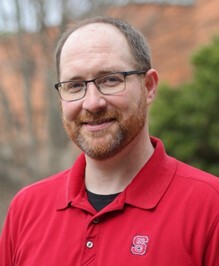
Webinar - Assessment of Liquid Carbon Dioxide as an Enhanced Cleaning Procedure for Turnout Gear
-
Register
- Non-member - Free!
- Member - Free!
Firefighters’ exposure to toxic contaminants during fire suppression activities has been one of the major research interests over the last decade. NFPA 1851 washing procedures have shown to have limited efficacy in removing certain contaminants from turnout gear. One new technique that shows promise is the use of liquid carbon dioxide (liquid CO2) due to its efficacy, limited effect on the material, and environmentally benign nature. This webinar presented by Bryan Ormond will discuss the basics of liquid CO2 cleaning, its efficacy in removing difficult contaminants, and its impact on material durability compared to a conventional washer extractor process.

Dr. R. Bryan Ormond
Ph.D, Assistant Professor
N.C. State University
As an associate professor at NC State University's Textile Protection and Comfort Center (TPACC), Dr. Ormond has focused on developing test methods, standards, equipment, and ensembles for first responders and military personnel to address protection from chemical, particulate, and thermal hazards. His most recent research has centered on reducing firefighter exposure to toxic chemicals through developing particulate-blocking PPE, assessing gear cleaning methods, evaluating on-scene decontamination methods, and investigating the impacts of PFAS and PFAS-free finishes and materials on PPE performance.